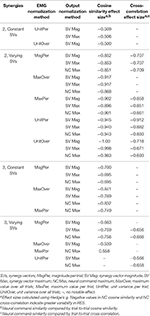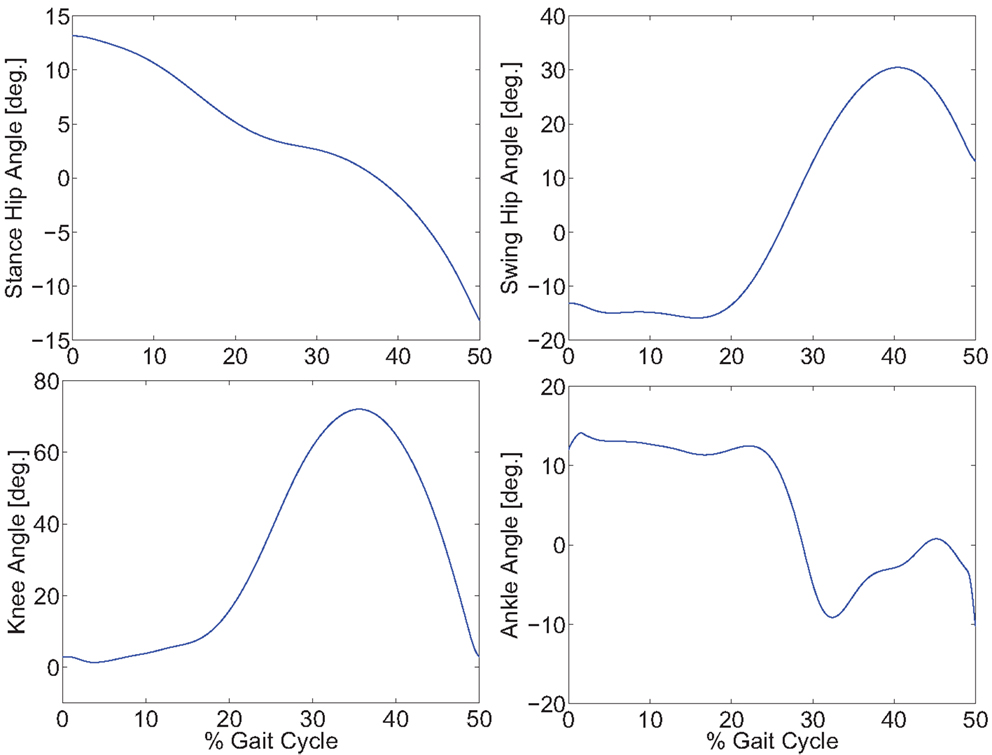

This subtype classification of walking impairments based on the merging pattern of the muscle synergies could be useful for the selection of a rehabilitation strategy according to the individual’s particular neurological condition. A more complex muscle synergy was observed only in subtype 3 in the p-long condition versus cws ( p = 0.036). In the cws condition, the lower-limb flexion angle was reduced in subtype 3, and the lower-limb extension angle was decreased in subtype 1. We identified three merging subtypes: module 1 with module 2 (subtype 1), module 1 with module 4 (subtype 2), and module 3 with module 4 (subtype 3). Subtype classification was based on the merging pattern of the muscle synergies, and we examined the effect of different lower-limb angles on the muscle synergies. Lower-limb flexion and extension angles and the electromyogram were measured during walking. Forty-one participants were assessed under three conditions: cws, long stepping on the paretic side (p-long), and long stepping on the non-paretic side (np-long). We also examined the effect of experimental lower-limb angle modulation on the muscle synergy patterns of walking in each subtype. This study aimed to determine the muscle-synergy merging subtypes of post-stroke during comfortable walking speed (cws). However, post-stroke individuals with a merging pattern of module 3 (hip flexor and ankle dorsiflexor) and module 4, which is the swing-muscle synergy, have not been reported. In some patients, the muscle synergy termed module 1 (hip/knee extensors) is merged with module 2 (ankle plantar flexors), and in other cases, module 1 is merged with module 4 (knee flexors).


In post-stroke patients, muscle synergy (the coordination of motor modules during walking) is impaired.


 0 kommentar(er)
0 kommentar(er)
